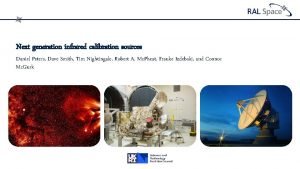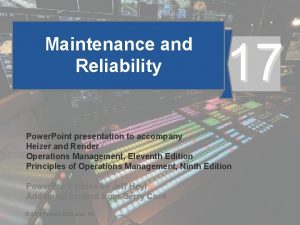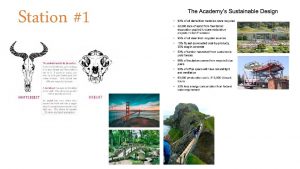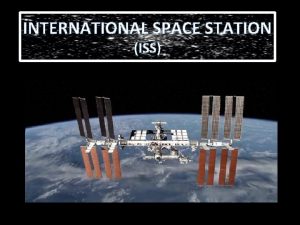VIEWING THE INTERNATIONAL SPACE STATION The International Space




- Slides: 4

VIEWING THE INTERNATIONAL SPACE STATION The International Space Station (ISS) has been orbiting our planet since 1998. From most locations on Earth, assuming you have clear night skies, you can see the ISS for yourself. To us on Earth, it looks like a bright star moving quickly from horizon to horizon. As suddenly as it appears, it disappears. How do you know when to see the ISS pass overhead from your location? NASA has a great tool to help – the Spot the Station program lets you sign up to receive alerts to let you know when the ISS will be visible from your location – anywhere in the world. Plus there’s a map-based feature to track when to look for the station as it flies over you in your night sky. You can also sign up for alerts via email or text message. Typically, alerts are sent out a few times each month when the station’s orbit is near your location. Visit the Spot the Station website to sign up, and see a list of upcoming sighting opportunities. a) Show that the equation below represents the distance travelled (D) by the ISS between 2 sightings as it passes directly over head. The angle of elevation before it passes over head is represented by and the angle of elevation after it passes over head is represented by . The altitude of the orbit of the ISS is represented by h.

b) A science enthusiast wishes to view the space station, as it passes over his city. He finds a time when he can go outside and to view it as it passes over. He has read that it is orbiting at an altitude of 408 km and he first observes it at an angle of elevation of 39. 2. Three minutes later, after it has passed over head, he turns around and views it at an angle of elevation of 24. 4. Use this information to determine the speed of the space station in km/hr.

A science enthusiast wishes to view the space station, as it passes directly over his city. He finds out a time to go outside and view it as it passes over. He has read that it is orbiting at an altitude of 408 km and he first observes it at an angle of elevation of 39. 2. Three minutes later, after it has passed over head, he turns around and views it at an angle of elevation of 24. 4. Use this information to determine the speed of the space station in km/hr. x 2 x 1 α β h α β

A science enthusiast wishes to view the space station, as it passes over his city. He finds out a time to go outside and view it as it passes over. He has read that it is orbiting at an altitude of 408 km and he first observes it at an angle of elevation of 39. 2. Three minutes later, after it has passed over head, he turns around and views it at an angle of elevation of 24. 4. Use this information to determine the speed of the space station in km/hr. x 2 x 1 24. 4 408 km 39. 2 24. 4 Total distance travelled in 3 minutes: = 500. 3 + 899. 4 = 1399. 7 km 3 minutes = 3 ÷ 60 hours = 0. 05 hours







